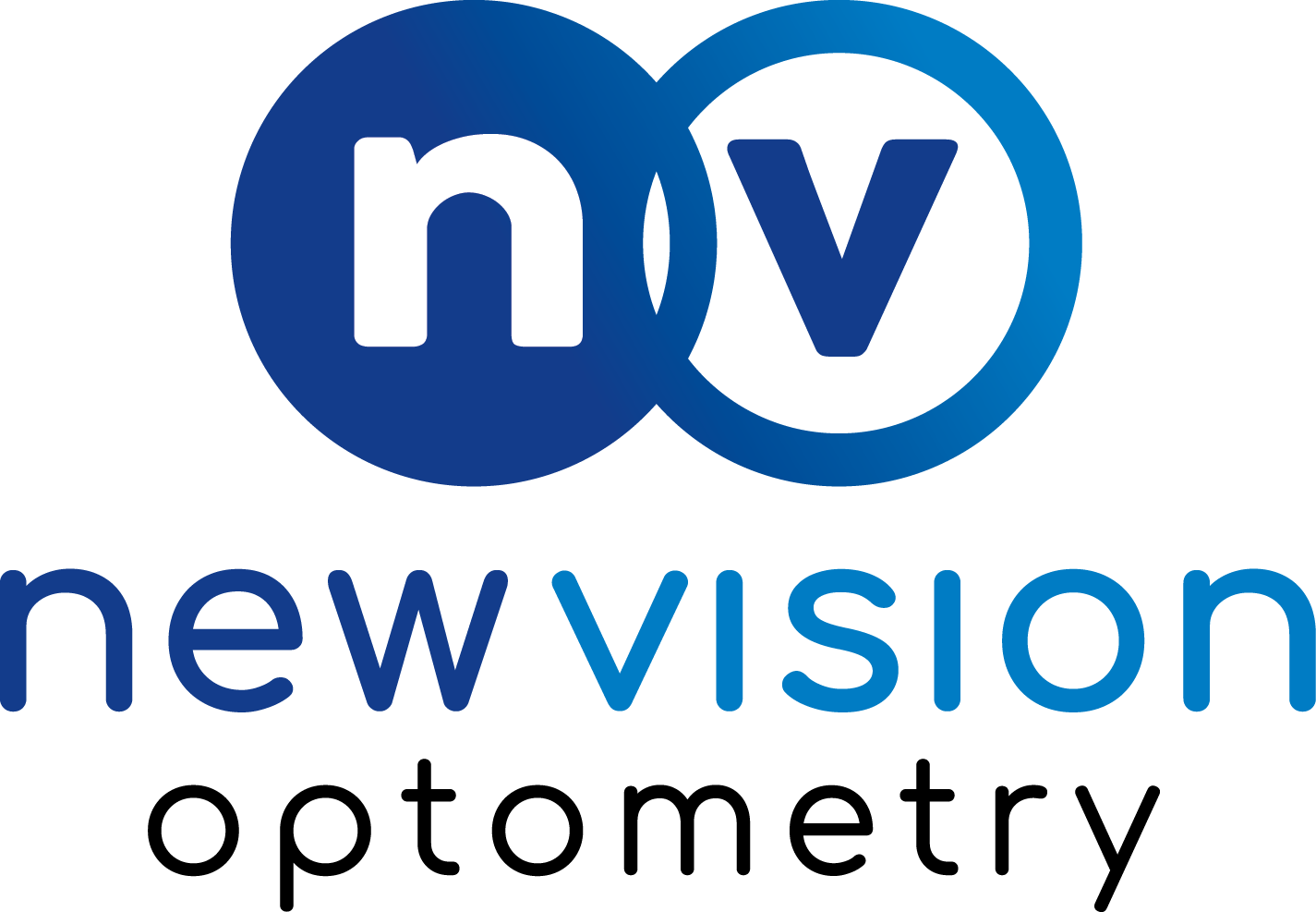Children’s eye exams
The AMERICAN OPTOMETRIC ASSOCIATION (AOA) recommends routine comprehensive eye exams every 1-2 years, beginning as early as 6 months. What can we detect at 6 months you ask? Here are some of the things we look for, EVEN when the child is too young to verbalize.
1) Amblyopia: when vision in one or both eyes do not develop properly during childhood. It is sometimes called “lazy eye.” A child’s vision develops in the first few years of life so it is important to diagnose and treat amblyopia as early as possible. Otherwise, a child with amblyopia will not develop normal, healthy vision.
2) Refractive Correction: checking if your child has nearsightedness, farsightedness or astigmatism
3) Binocular Function: making sure all ocular muscles in both eyes are working together
4) Pupil Response: the eyes are extensions of the brain and through a healthy pupillary response, we ensure proper eye/brain connection
5) Ocular Pathology: dilating eyes to assess posterior structures such as the retina, optic nerve and vitreous body

